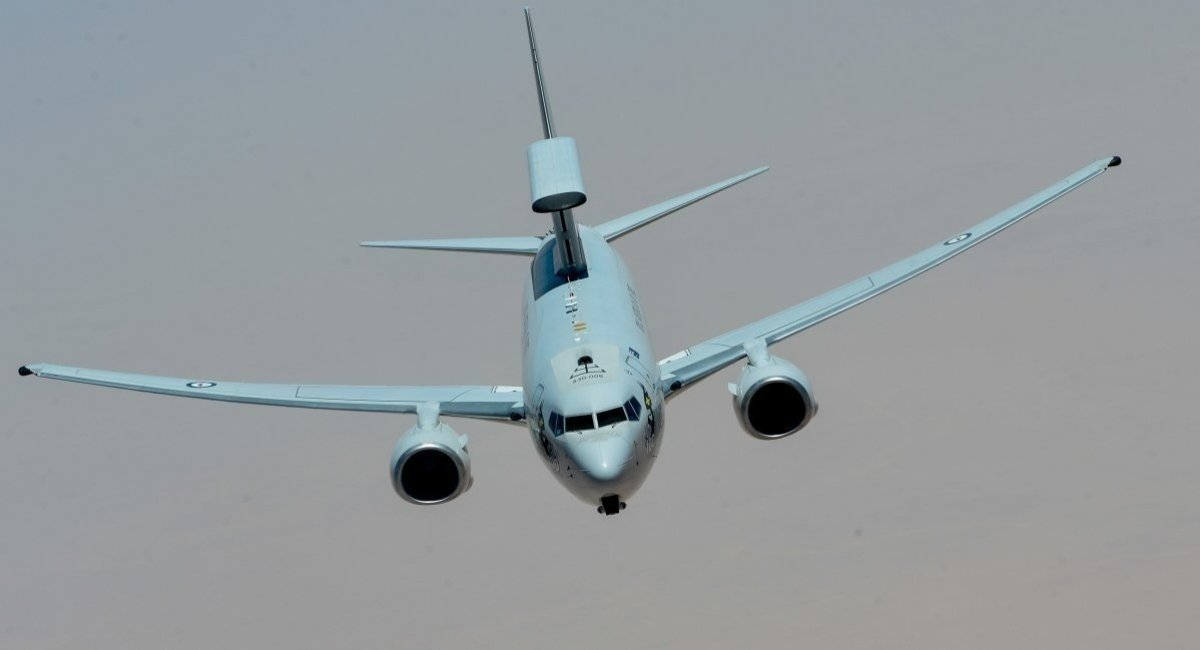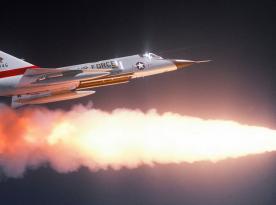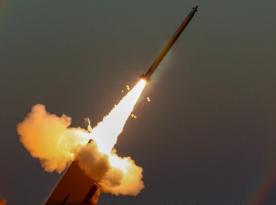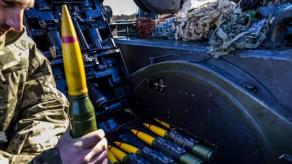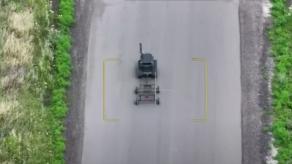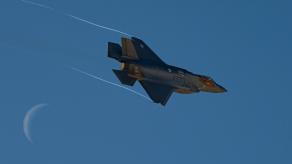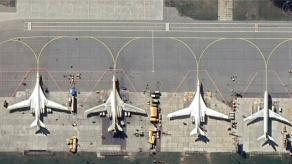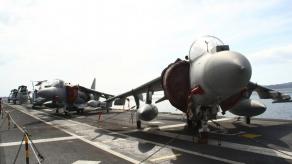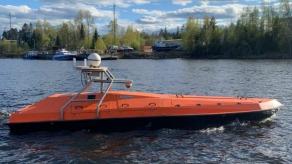Creating a twin-engine F-35, named the F-55, turned out to be not the only idea of the U.S. President Donald Trump and his administration in the field of aerial warfare. Sources told Aviation Week that the White House is considering denying the U.S. Air Force funds for the purchase of new E-7 Wedgetail aircraft of the Airborne Warning and Control System (AWACS) class.
This will effectively mean phasing out airborne radar surveillance in favor of satellite-based solutions, Defense Express adds. The idea is unlikely to bring any positive yields and sounds like a very risky innovation in the air warfare domain, although it finds support in the Presidential office.
Read more: russia Has Over Forty Tu-22M3 Heavy Bombers at Belaya Airbase, Shuffles Tu-95MS and Tu-160s To and Fro (Updated)

So far, no concrete steps have been undertaken to cancel the purchase of Wedgetails but the talks are in motion. The original plan was for the USAF to receive the first two Boeing E-7 aircraft by 2028 for a total $1.2 billion. The aircraft was slated to replace the respected yet aging E-3 Sentry, and with no other options offered, cancelling the acquisition means airplane-based surveillance and battle management systems will retire sooner than later, and all their functions will fall on satellites in an innovative approach embraced by the Trump office.
The proposal, however, meets resistance in the U.S. Air Force. Sources argue that, radar reconnaissance aside, AWACS are still needed for their battle management and control function.
Defense News quotes several high-ranking USAF officials discreetly say that work on acquisition of new AWACS aircraft will continue. Their comments echo the concerns that moving away from radar surveillance aircraft could leave the military without one of effective tools of aerial warfare.
While not dismissing space-based systems as a promising technology, U.S. Space Force official Lt. Gen. Shawn Bratton said: "We think there are kind of synergies of having both flavors of this capability right now, but we’re really waiting for some just hard engineering data to understand what we can see from space, and how good is that going to be."
On behalf of Defense Express, here's what else should be considered. Although the idea of moving the capabilities for detection of enemy aircraft (among other targets) — the primary task of AWACS — into space may sound interesting, it faces many technical issues in practice.
For example, a satellite-based alternative must ensure the necessary density of monitoring designated airspace areas and then reliably transfer the data to aircraft pilots and/or air defense teams on the ground. Perhaps old-fashioned, but a conservative point of view, where it's better to rely on AWACS for air operations, has some solid reasons.
Surely, the E-7 Wedgetail issn't devoid of its own problems. For instance, the price Boeing had initially set for this aircraft was too high, the Pentagon even resorted to unusual ways to settle the issue by asking a "hard-nosed negotiator" Shay Assad, a former Pentagon procurement official known for "driving hard bargains" to reach an agreement — a story described in a Defense One article.
However, the ultimate question is whether financial issues can be prioritized over proven combat effectiveness, especially in the current geopolitical tensions and the announced transition of the United States' strategic focus from the European war theater to Indo-Pacific, involving a large-scale rearmament with a pivot from heavy armor to lighter vehicles, naval power, deterrence through precision strike capability, and more.
Read more: Sweden to Supply Ukraine with Weapons in a $1.6 Billion Aid Package, with an Unexpected Hint at Gripen or Saab 340 AEW&C



